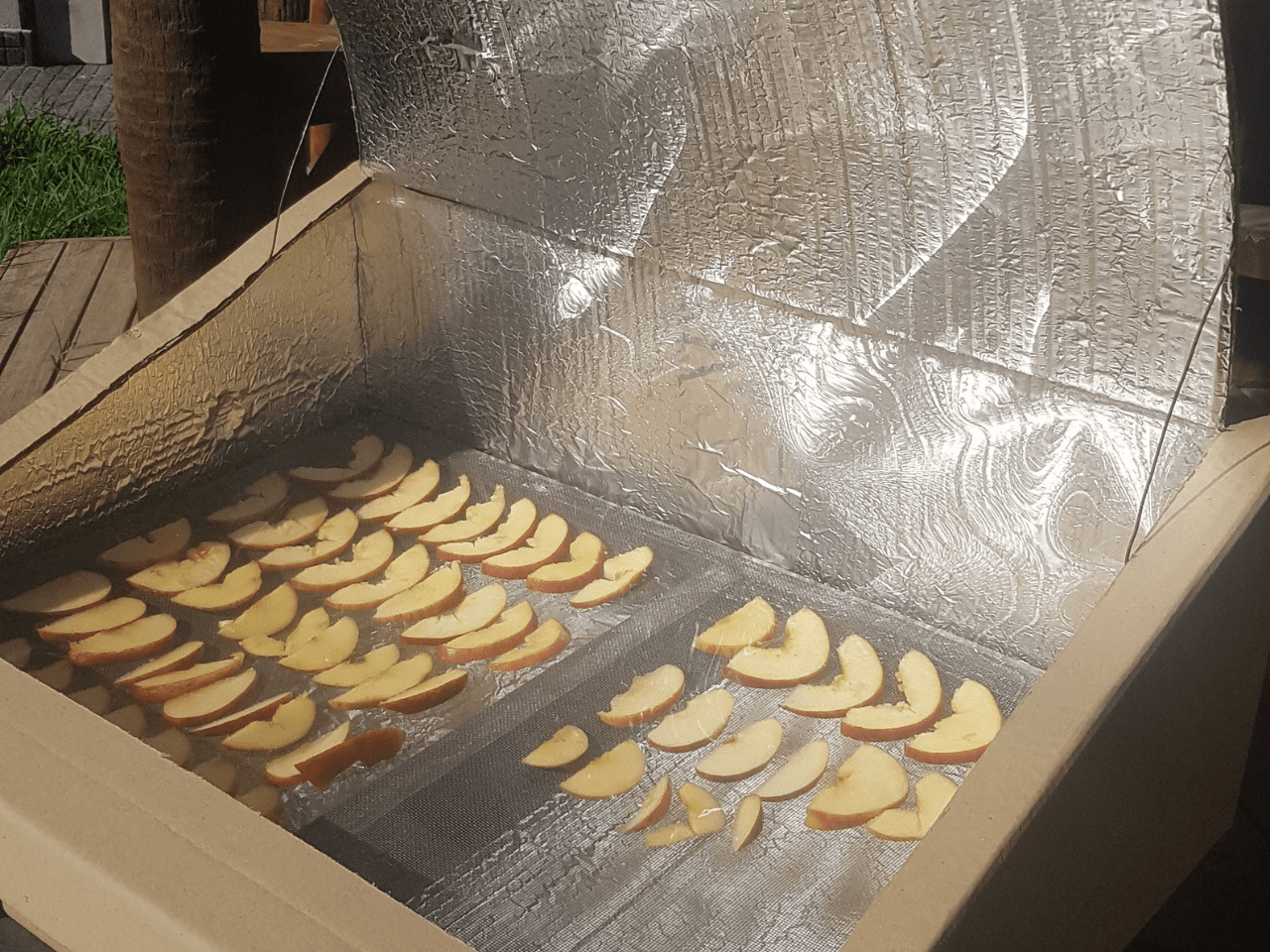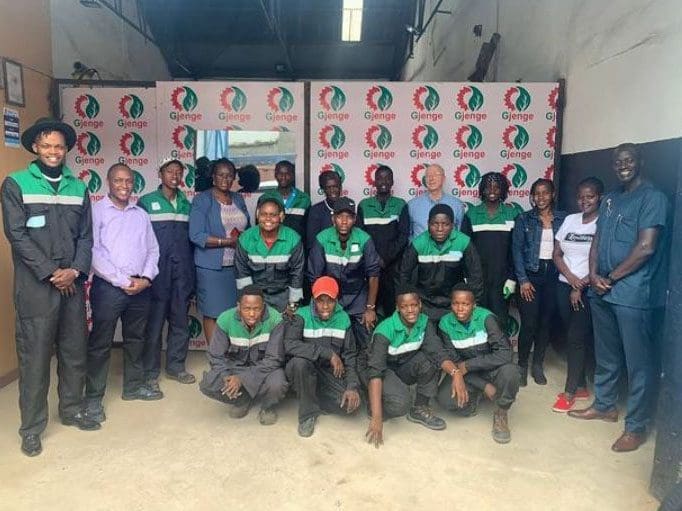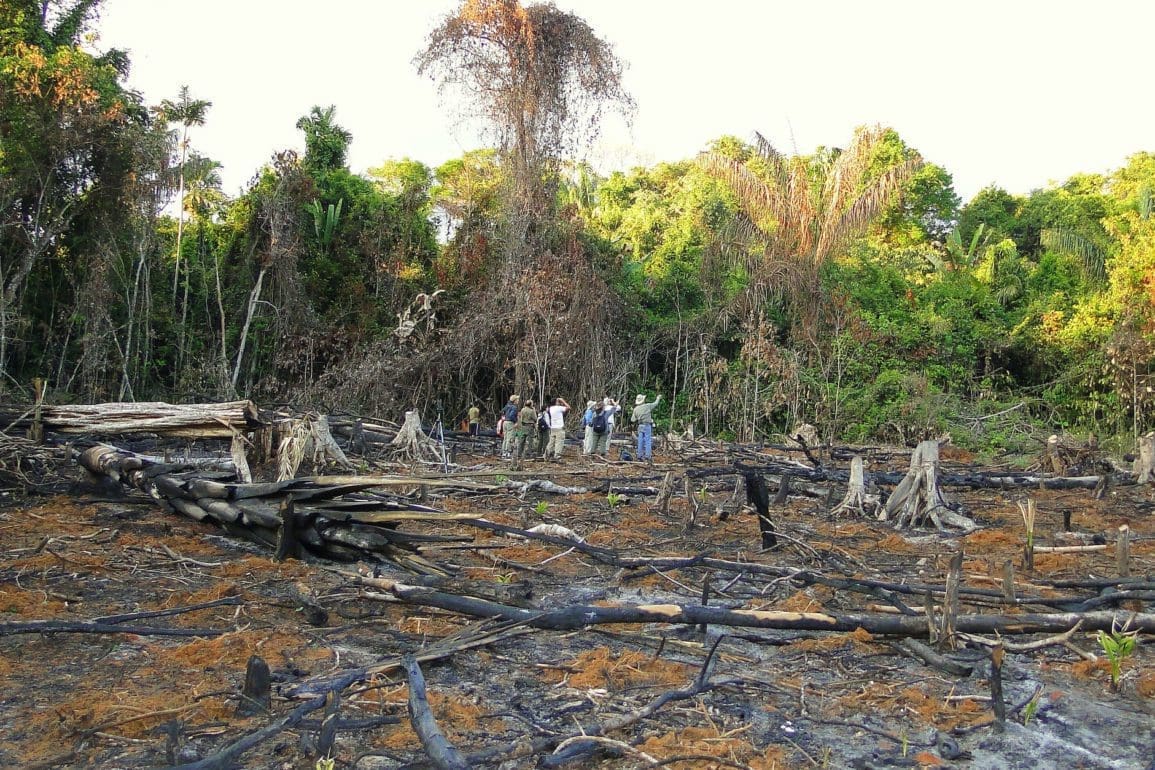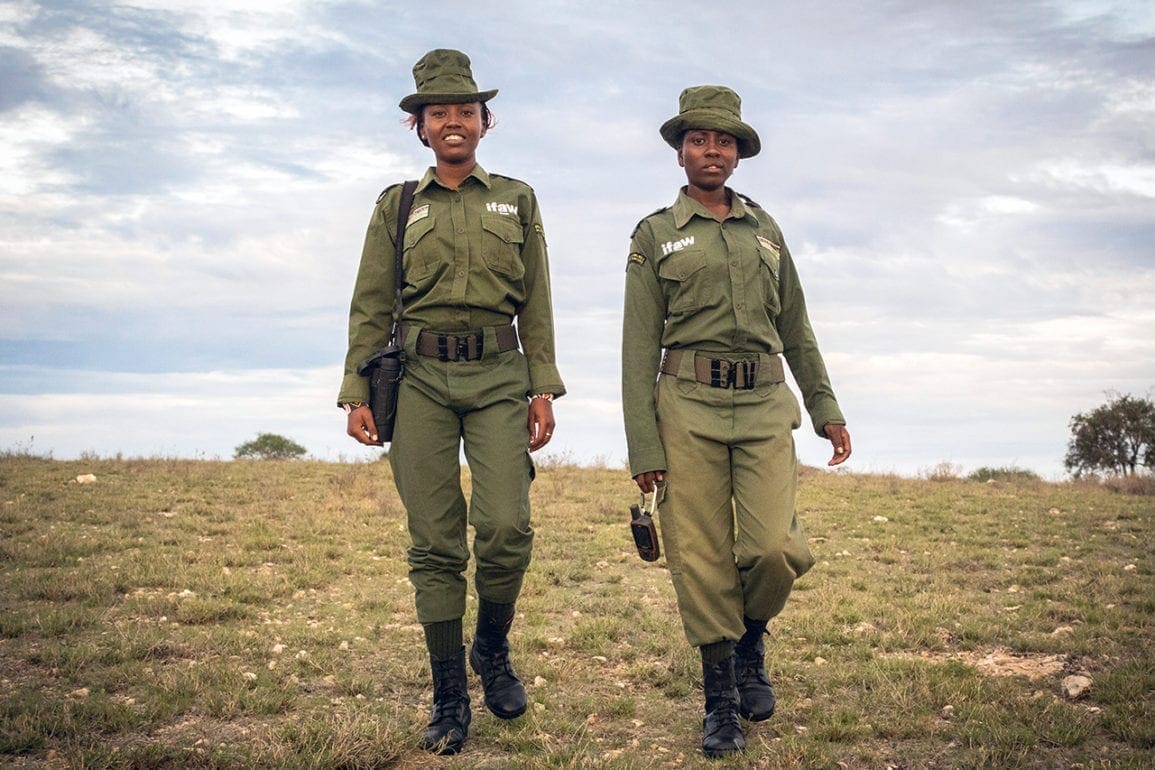Farmer finds bones of a 67-million-year-old dinosaur, researchers confirm a new species
A number of years ago, a farmer looking for his goat stumbled upon something curious buried in a field. There, in a small desert town in southern Argentina, Carmelo Muñoz saw something sticking out of the dirt.
- 9 months ago
November 4, 2023


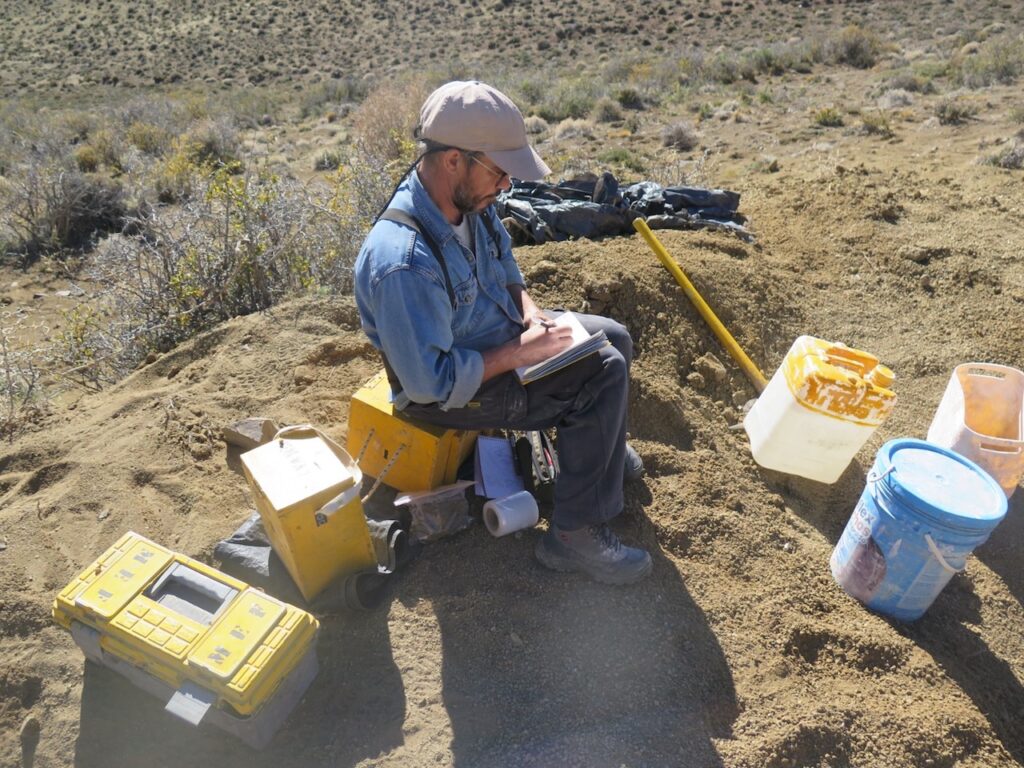










CHUBUT, Argentina — A number of years ago, a farmer looking for his goat stumbled upon something curious buried in a field. There, in a small desert town in southern Argentina, Carmelo Muñoz saw something sticking out of the dirt. He climbed off his horse to get a closer look. Little did he know at that time, the skeleton he discovered represented a new species of Elasmosaurus – a giant marine animal from the Jurassic Period weighing over 4,000 pounds.
When the farmer saw the bones, he decided to excavate a piece of the skeleton. He sensed it was important, but with no mobile phone or internet, he only shared the news of his discovery with a local grocery store owner named Pablo in their remote village. They kept the discovery secret for years.
Related: Paleontologists discover new species of dinosaur in Argentina
What we found in the farmer’s field left us breathless
Twelve years later, in 2021, a man named Egidio Feruglio who organized campaigns for the Paleontological Museum in Trelew, stopped at that same grocery store in the remote village. He struck up a conversation with the owner Pablo. During the course of their discussion, Pablo mentioned the farmer’s discovery.
Egidio told some colleagues what he heard, and news spread quickly through the scientific community. I felt a jolt of electricity run down my spine as I imagined what animal this might be. Restless to get started, five of us set out to investigate. All that time, the farmer left the bones in the ground and we began collecting samples.
The soft terrain made the work easy, but we feared the skeleton may also be soft, putting the preservation process at risk. Every moment during the dig was filled with excitement as I created an image in my mind. Where did this creature look like? Where did it live and what food did it eat?
That excitement erupted when we discovered a cervical vertebra, in addition to the humerus the farmer had found. In time, we uncovered a spine, the trunk of a tail, dorsal ribs, and abdominal ribs called gastralia. Time ticked on and our exhilaration grew as more pieces came into view: a shoulder girdle, a nearly complete pelvic girdle, and elements of forelimbs like the femur, tibia, fibula, and phalanges.
Building the profile of a dinosaur that lived 67 million years ago
Slowly, our team began to construct a vivid picture of this incredible dinosaur. It felt unbelievable to think something this extraordinary once roamed the very landscape we now stood upon. Thanks to this finding, we determined that the specimen lived approximately 67 million years ago, shortly before the extinction of the dinosaurs.
In the sediment associated with the Elasmosaurus, we recognized three groups of microfossils and nannofossils, very tiny organisms that can only be observed through a magnifying glass or microscope. Their relative abundance and good state of preservation allowed us to interpret the habitat of the specimen as a shallow, warm-water marine environment.
Every single phase of this process filled me with happiness and a deep sense of pride in my work. It felt surreal to be a part of something so groundbreaking. We spent long hours observing and analyzing everything we found. Day after day, I focused my mind as intensely as a satellite in space sends signals.
We captured every piece of data and cross referenced it with the information we gathered. Little by little, a pathway opened up and the pieces of this discovery fit together like a puzzle. For me, that meant everything. Data speaks to me like poetry – like life itself. It paints the larger picture and, in this case, that picture included the groundbreaking discovery of one of earth’s most amazing creatures – the dinosaur.
All photos are courtesy of the CONICET Research Group.


























































































